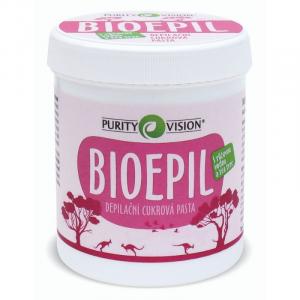Stinking kakostasis (Geranium robertianum)
Other names: capon, platypus, platypus beak, stink spice, hip, bullfinch, mace
Harm score: 1 (Natural substances)
Geranium robertianum (Geranium robertianum) is a plant belonging to the family Geraniaceae, which is widespread in the wild almost throughout Europe. This herb boasts a number of folk names, such as chapin, heron's nose, heron's beak, stink spice, hip or bull's-eye. Some of these names refer not only to the plant's appearance but also to its peculiar smell, which is reminiscent of the unpleasant odour of decaying food. At first glance, it may appear to be a small, nondescript plant, but the opposite is true. The stinking kakost is highly valued for its medicinal properties and is used in both folk medicine and the pharmaceutical industry.
As for the uses of this herb, we find it mainly in natural medicines. The crushed stinking cactus root is traditionally used for inflammatory skin diseases and to heal wounds. Its decoction is then recommended for diarrhoea and as a diuretic. In the pharmaceutical industry, the stinking kakost is used in the production of ointments, creams and oils for the treatment of problematic skin, although its use is not very popular due to its odour. As part of bath salts and compresses, it is used for its anti-inflammatory and antiseptic properties. However, carob may not only be found in cosmetics or medicines. The young leaves of this plant can also be used in the kitchen, where the unpleasant smell disappears after cooking and the leaves can be added to salads or used as a condiment. However, due to their intense flavour, they should be handled with care.
Stinking kakostasis (Geranium robertianum) can be found in the following products

Raw protein Cocoa beans 50g
Product detail
BIO-cellulose moisturizing mask 1pc
Product detail
Moisturising body lotion with repellent effect (100 ml) - independently clinically tested
Product detail
Dryer Egg (2 pcs/pack) Fresh Cotton
Product detail
BioEpil 400 g
Product detail